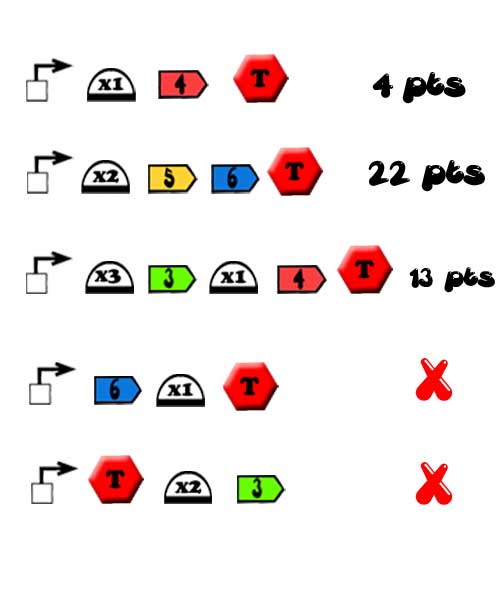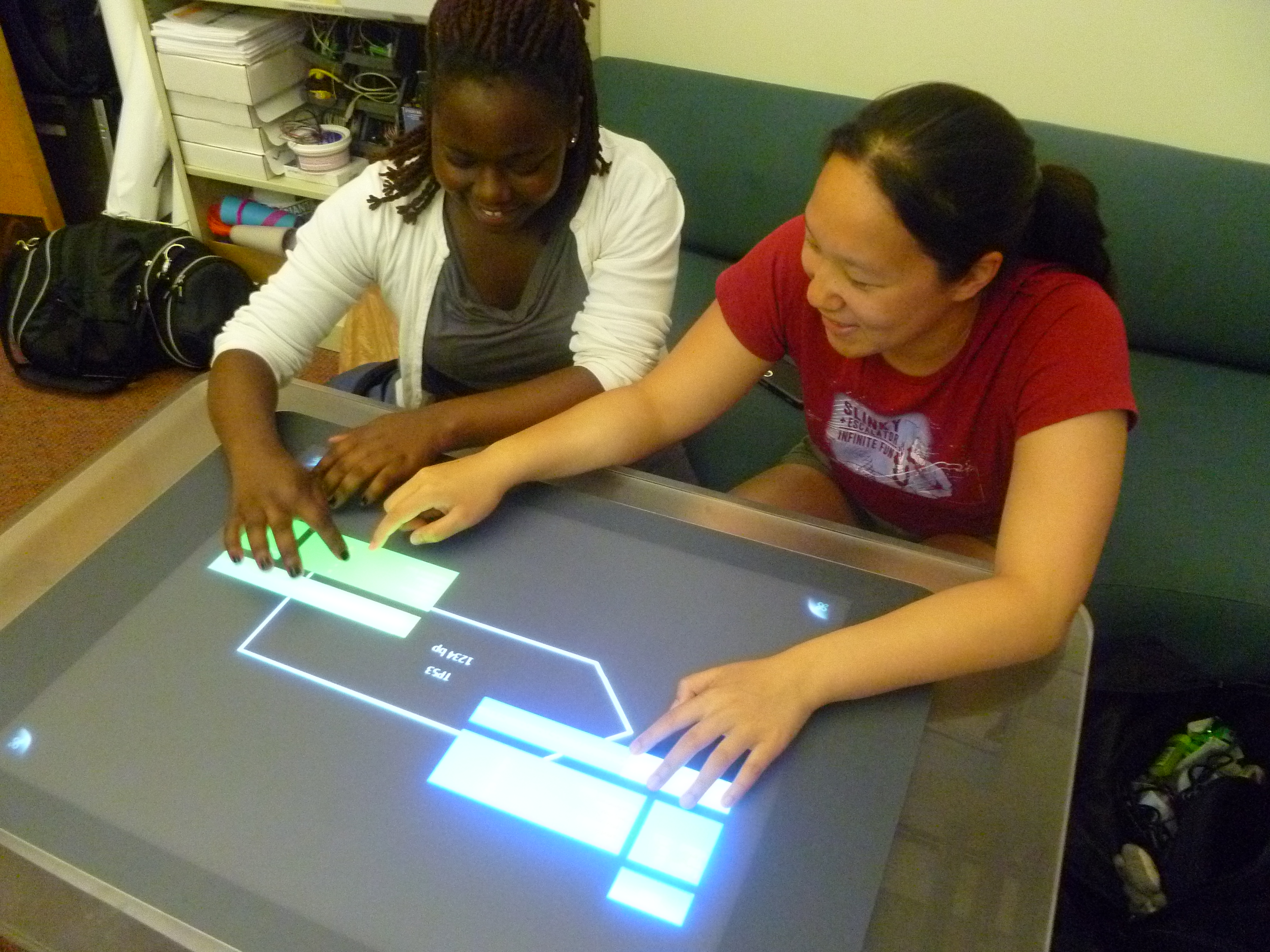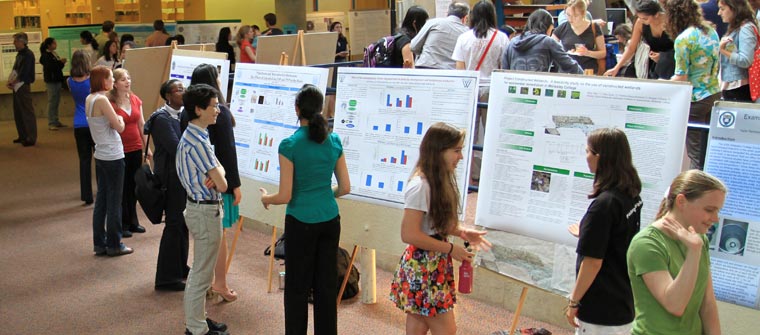Team:BU Wellesley Software/Outreach
From 2011.igem.org
Outreach
Overview
As the Boston University/Wellesley College iGEM team, one of our principle goals is to reach out to the young population in and around Boston and educate them about the exciting field of synthetic biology.
Our current plan is to formulate an outreach plan with Gretchen Fougere, Assistant Dean of Outreach and Diversity at the College of Engineering within Boston University. We realize that the future of synthetic biology is heavily dependent upon the future generation’s interest in the field. Our goal is to spark the interest of middle and high school students in synthetic biology through a short presentation and an interactive game. The presentation portion allows us to provide the students with a brief background in synthetic biology and gives them an opportunity to learn about the work that we have done over the summer.
The interactive game provides the students with a more hands-on approach to the design and construction of genetic circuits. Our version of Scrabble teaches students how to compose valid genetic circuits and learn about their interactions with one another. Through these activities we hope to encourage students to consider the possibility of entering the field of synthetic biology in the future.
We want them to see the current and potential future applications of this field and how rewarding a career in synthetic biology can be!
Genekai - DNA Scrabble
Description
Genekai is a fun and educational board game that exposes the player to the world of synthetic biology. Players are given game pieces that represent biological parts and must use them to create valid biological circuits on the game board. The game board is filled with bonuses like ‘Double Gene’ and ‘Double Circuit’ which the player can strategically take advantage of.
![]()
![]()
Instructions
- Each player puts down two pieces per turn.
- A valid circuit must contain a Promoter, RBS, any number of Genes, and a Terminator.
- The RBS gene multiplier multiplies the point values of all genes preceding the RBS.

- Player that completes a circuit receives points for the circuit.
- Bonuses will only be applied when the player claims a bonus square AND completes the circuit during the same turn.
- Genes come in color pairs, blue and red is paired and green and yellow is paired. When a player completes a circuit using part of another circuit and the genes in those circuits are colored pairs, the user receives points for both circuits.
Somerville High School
Later this fall, we are scheduling a visit to Somerville High School, an extremely diverse urban school, to teach students about synthetic biology. We want to introduce students interested in science to the world of synthetic biology and, in particular, to our project. Through this outreach program, we also hope to interest students in pursuing higher education by demonstrating what we accomplished as undergraduate students over the course of the summer.
During our visit to SHS, we will give a presentation on synthetic biology and explain our project to students from both engineering and biotechnology courses. We will also play our DNA scrabble game to engage the students in a hands-on learning experience so they can understand how to put together genetic circuits from a pool of parts. Time permitting, we will also answer students' questions on what they can expect from college courses and to promote higher education to students who may not normally think attending college is within their grasp.
This event is being organized with the SHS Science Department and, in particular, with Mr. Chris Angelli, the biotechnology teacher at SHS.
Based on the success of our SHS visit, we will extend our outreach program to other Boston area schools with the help of Gretchen Fougere.
Framingham High School

Summer Poster Session
At the end of the summer research program, each student presented a poster summarizing the work they had done over the summer and explained it to the Wellesley College community and the Town of Wellesley.
Students from Wellesley and Framingham High School also attended the presentations. Through this experience, we introduced Synthetic Biology, the iGEM competition, and the power of applying computational thinking to problem solving, to our community.

 "
"
